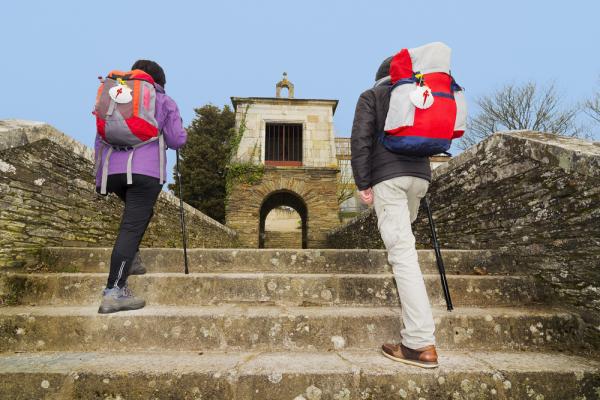Aug 27, 2018
I kept examining these ancient walls. Often, they were slabs of granite laid on top of one another, with thousands of pieces. Their age and the constant moisture of the air in Galicia, blowing from the sea miles away, meant walls were covered the moss, and vegetation wove through them like a net, holding them in place. Certainly, some of this was engineered as the pilgrimage gained in popularity, and political and religious authorities invested in the Camino’s infrastructure.
Read the Full Article

Already a subscriber? Login
